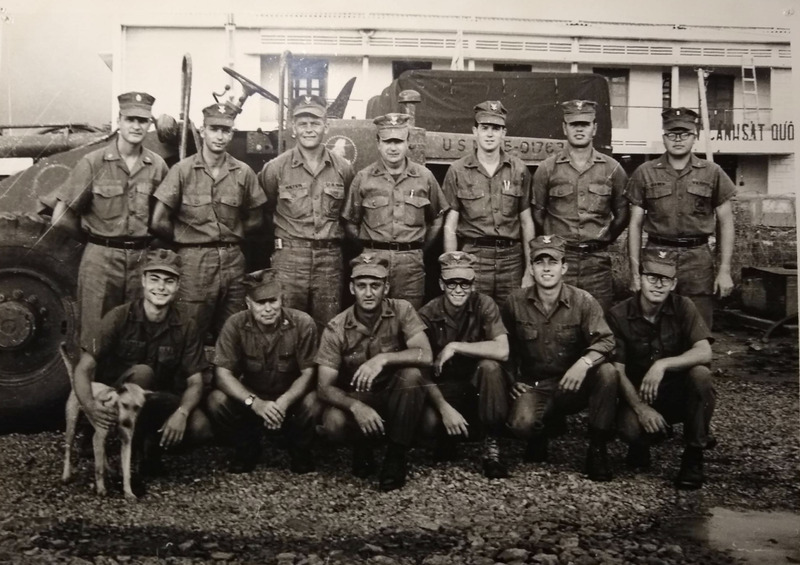"We Build, We Fight": Navy Seabees and Civic Action in the Vietnam War
"...We [Seabees] were actually doing stuff other than trying to break things and hurt people and stuff like that. We were actually doing stuff that I felt maybe could help a little bit... if we had to be there [Vietnam], at least this was something that felt a little better than just, you know, running around trying to try to break things and stuff." -Robert Sletten, former Navy Seabee
In 1968, a young Robert Sletten was deployed to Vietnam, during the peak of the Vietnam War. He ended up serving two tours in Vietnam, both in a U.S. Navy Mobile Construction Battalion. Managing a rock quarry and crusher facility, constructing roads, and building Vietnamese Information Reading Rooms were just a few of the work tasks that Sletten was involved in in his role as a Navy Seabee.
Sletten was one of approximately 26,000 Seabees who served during the peak of the war, in combat and non-combat roles, specializing in construction projects and support facilities for use by both military personnel and civilians. For the most part, Navy Seabees did not engage in conventional warfare operations; they focused instead on specialized construction projects that aided military personnel or civilian populations. While other soldiers in combat units utilized the power of destruction and damage, Seabees tackled the war a wholly different way– through building and construction. Seabees (and those in charge of managing their roles within the arena of counterinsurgency and civic action) believed that by building, they were fighting. For them, building could be a key part of a strategy to win the war.
Each Naval Mobile Construction Battalion consisted of 800 men, including twenty-five officers. Seabees were also sometimes organized into special 13-man Seabee “civic action” teams that helped carry out the day-to-day operations of building various forms of infrastructure. These projects included, but not were limited to: highways and roads, wells, schools, warehouses, bridges, hospitals, and marketplaces. By creating these forms of infrastructure, Seabees provided essential resources for the Armed Forces, and aided local Vietnamese populations residing.
As part of the Dartmouth Vietnam Project, I had the opportunity to interview Sletten about his service as a Seabee. I have presented his testimony together with other oral histories, including narratives from other Navy Seabees who served in Vietnam. By putting these narratives in conversation with each other, I hope to highlight and explore larger themes in the larger history of the war, including the Seabees’ involvement in civic action and counterinsurgency.
I invite you to explore the wartime experiences and postwar reflections of these U.S. Navy Seabees, the men who chose to fight by building.
